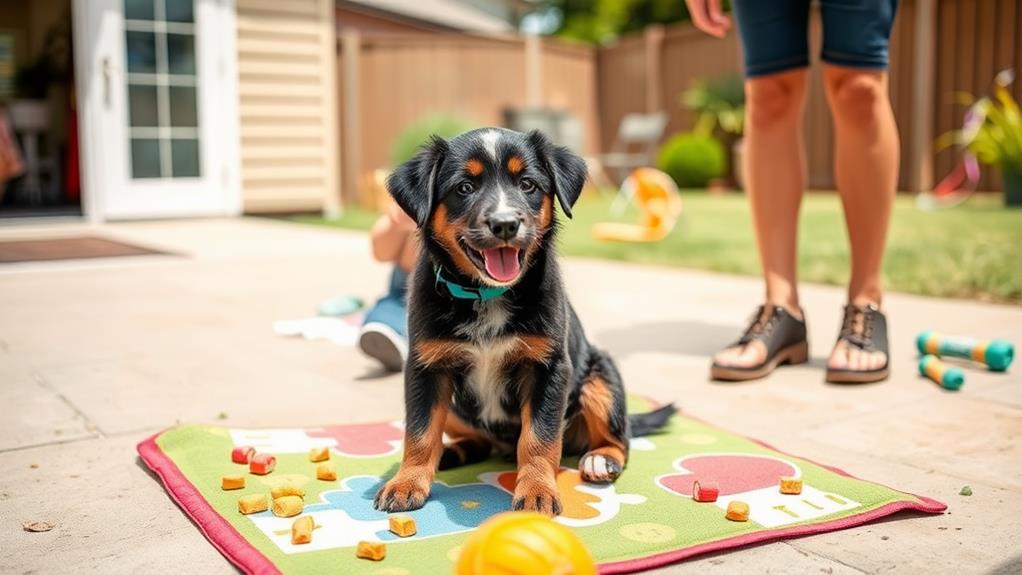Potty training your puppy can be a breeze with these tips. First, establish a consistent schedule for feeding and bathroom breaks; take your puppy out right after meals and every few hours. Next, choose a quiet spot for potty breaks to minimize distractions. Use positive reinforcement—reward your pup with treats or praise immediately after they go outside. Pay close attention to their behavior; signs like sniffing or whining mean it's time to go out. Finally, be patient and persistent; setbacks are normal in this learning process. Stick with it, and success is just ahead!
Establish a Consistent Schedule
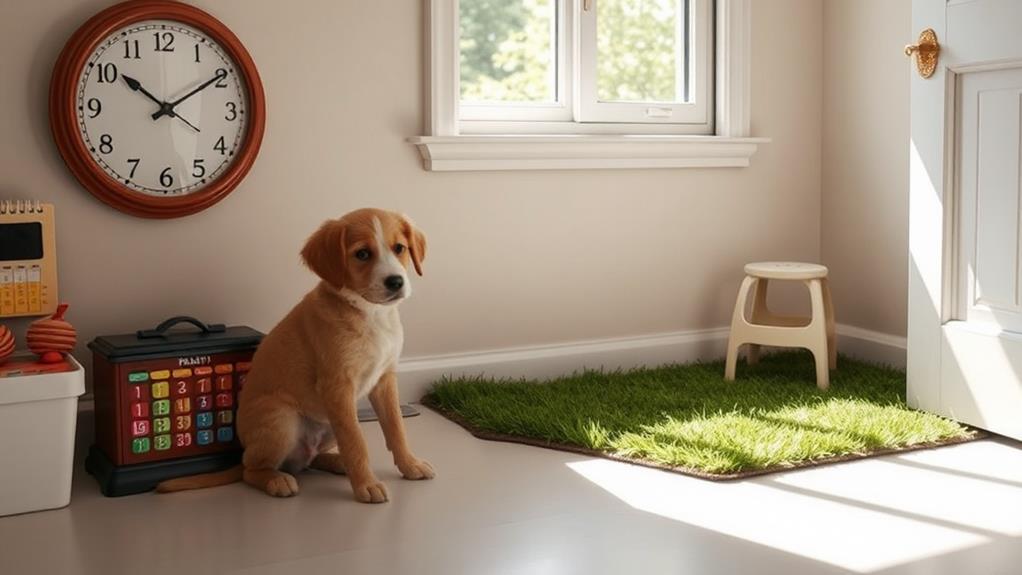
A consistent schedule is key for successful puppy potty training. When you set regular times for feeding, play, and bathroom breaks, your puppy learns when it's time to go outside. Start by taking your puppy out first thing in the morning and right before bedtime. These moments are indispensable since your puppy's bladder is full after sleeping.
During the day, take your puppy outside every one to two hours, especially after meals and play sessions. If you notice signs like sniffing or circling, it's time to head out. Keep an eye on the clock and stick to your schedule as closely as possible. This consistency helps your puppy understand when and where it's appropriate to relieve itself.
It's also important to reward your puppy immediately after they potty outside. Positive reinforcement will encourage them to repeat the behavior. If accidents happen indoors, don't scold your puppy; instead, clean it up without fuss. Remember, perseverance is crucial. Stick to your routine, and soon enough, your puppy will start to grasp the potty training process. With time and dedication, you'll see great progress!
Choose the Right Location
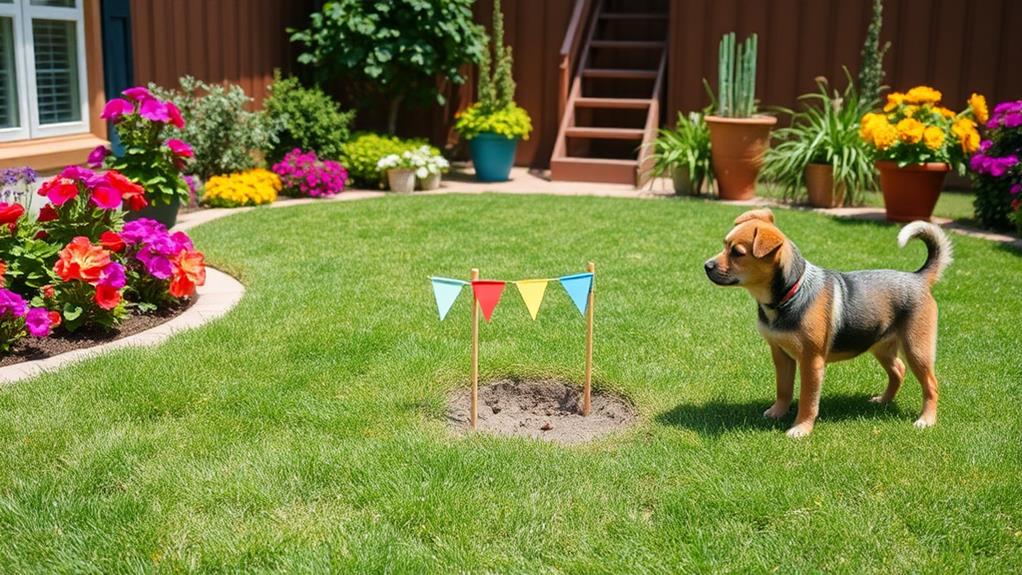
Choosing the right location for your puppy's bathroom breaks is crucial for effective potty training. You want to pick a spot that's easily accessible and free from distractions. If your puppy feels overwhelmed by noise or activity, they may struggle to focus on doing their business. Look for a quiet area in your yard or nearby park where they can feel safe and secure.
Consider the surface too. Grass is often the best choice, as many puppies prefer it to hard surfaces like concrete. If possible, designate one particular spot for bathroom breaks. This helps your puppy associate that area with potty time, making it easier for them to understand where it's acceptable to relieve themselves.
Additionally, try to keep the area clean. If your puppy senses lingering odors from previous bathroom breaks, they might be encouraged to go there again. Regularly clean the area to maintain a fresh environment. Finally, be patient and give your puppy time to sniff around and get comfortable in their chosen spot. With consistency, they'll learn quickly where it's appropriate to potty, setting the stage for successful training.
Use Positive Reinforcement
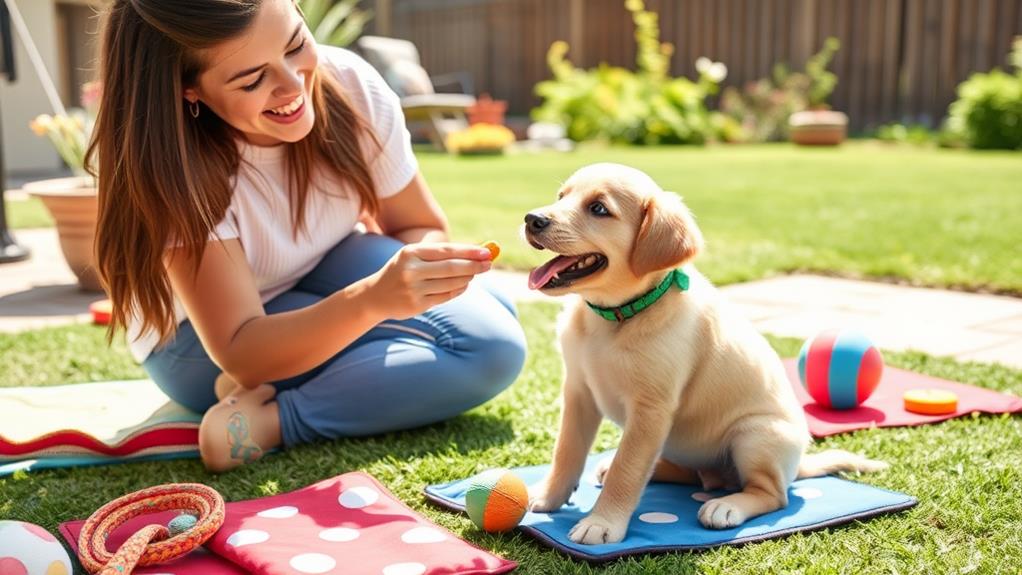
Once you've found the perfect spot for your puppy's bathroom breaks, it's time to reinforce good behavior. Positive reinforcement is key to successful potty training, as it encourages your puppy to repeat desirable actions. When your pup does its business in the right place, celebrate that success immediately!
Verbal Praise: Use enthusiastic words like "Good job!" or "Well done!" in a cheerful tone. Your puppy will associate these words with positive feelings.
Treats: Keep small, tasty treats handy. After your puppy goes potty in the designated area, reward them with a treat right away. This creates a strong link between the action and the reward.
Playtime: Sometimes, a fun game can be the best reward. After a successful potty break, engage your puppy in a short play session. This reinforces their good behavior while also fostering your bond.
Monitor Your Puppy's Behavior
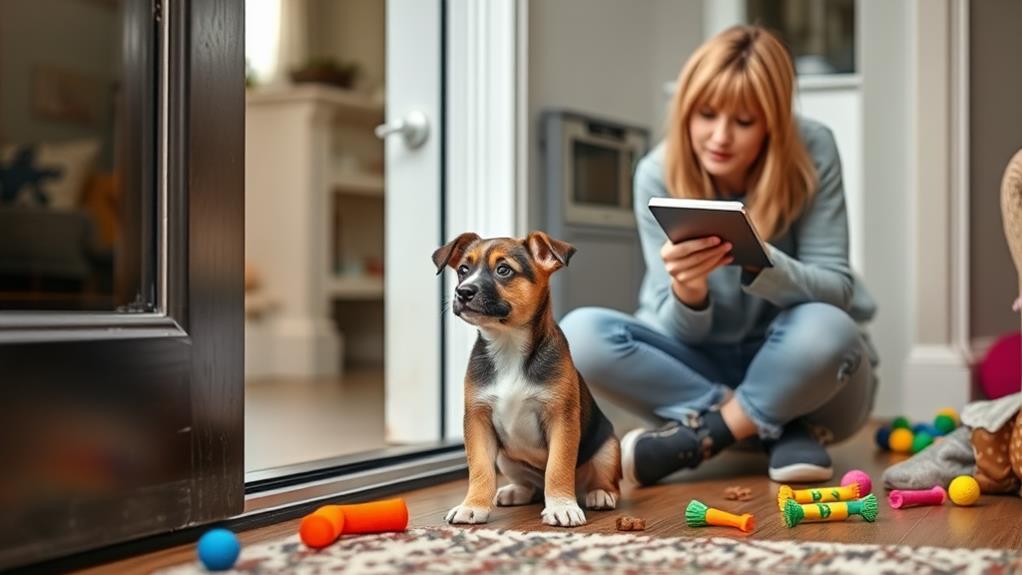
Observing your puppy's behavior closely can provide valuable insights into their potty training progress. Pay attention to their body language, as it can signal when they need to go outside. Look for signs like sniffing around, circling, or whining. These actions often indicate they're ready to relieve themselves, and recognizing them can help you take action promptly.
Additionally, keep track of their routine. Puppies thrive on consistency, so monitoring when they eat, drink, and play will help you anticipate when they might need to go. If you notice your puppy tends to urinate shortly after meals or after waking from naps, schedule outdoor breaks around these times.
Also, note any accidents that occur indoors. Understanding where and when these mishaps happen can help you identify patterns. If your puppy consistently has accidents in a specific area, you might need to adjust your strategy or limit their access to that space.
Be Patient and Persistent
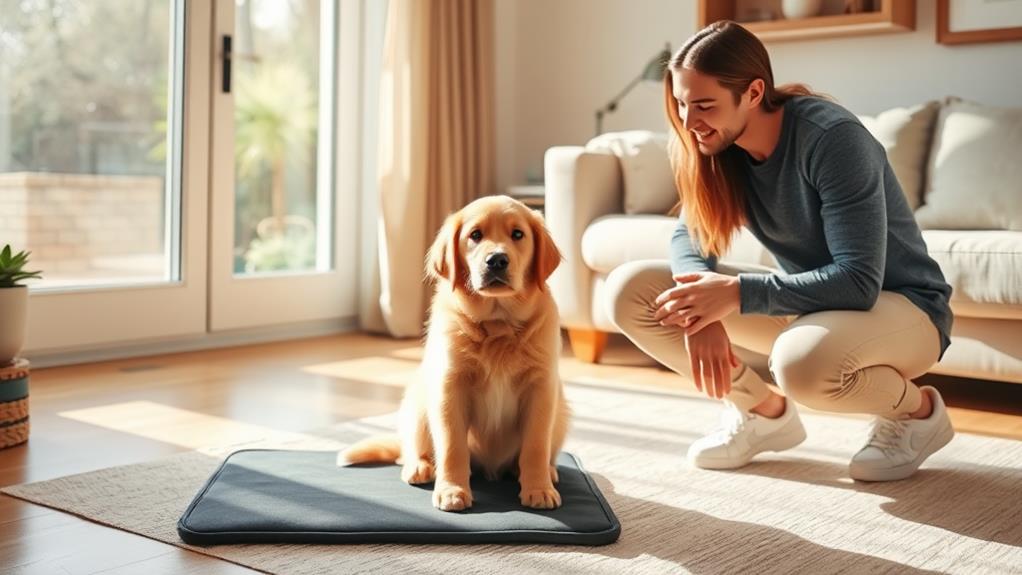
Patience and persistence are crucial when it comes to puppy potty training. Your puppy won't master this skill overnight, and it's paramount to remain calm and committed throughout the process.
Consistency is Key: Stick to a routine for feeding and bathroom breaks. This will help your puppy understand when and where it's time to go.
Positive Reinforcement: Celebrate your puppy's successes! Use treats and praise to encourage good habits. This will motivate them to repeat the behavior.
Expect Setbacks: Accidents will happen, and that's okay! Don't punish your puppy; instead, clean up and reinforce the desired behavior. Remember, this is a learning process for both of you.
Frequently Asked Questions
What Age Is Best to Start Potty Training a Puppy?
You can start potty training a puppy as early as eight weeks old. At this age, they're more receptive to learning and can quickly grasp the concept of where to go for bathroom needs.
Can I Use Puppy Pads for Potty Training?
Imagine your puppy's soft paws on a cozy pad, learning where to go. Yes, you can use puppy pads for training. They can help, but moving to the outdoors is essential for lasting habits and proper potty etiquette.
How Do I Handle Accidents Indoors?
When accidents happen indoors, stay calm and avoid scolding. Clean the area thoroughly to eliminate odors. Redirect your pup to the appropriate spot, and reinforce positive behavior when they go outside. Patience is key.
What if My Puppy Refuses to Go Outside?
When your puppy's enthusiastic to play inside but reluctant to venture outdoors, try enticing them with treats or their favorite toy. Patience and positive reinforcement will encourage them to embrace outdoor potty time.
Are There Specific Breeds That Are Easier to Potty Train?
Certain breeds, like Labrador Retrievers and Poodles, tend to learn quickly and adapt well to training routines. You'll find consistency and positive reinforcement make a big difference, regardless of breed. Each puppy's temperament varies!
Conclusion
By following these five puppy potty training tips, you're setting the stage for success. Picture your furry friend happily trotting to their designated spot, tail wagging with excitement. As you reward their achievements with treats and praise, you're building a bond filled with trust and understanding. Remember, patience is key—like a gentle breeze guiding a budding flower to bloom. With persistence, your puppy will flourish into a well-trained companion, making your home a harmonious haven.

